In the shadowy corners of the wildlife trade, a disturbing commerce flourishes: illegal reptile trafficking. This multibillion-dollar industry thrives in secrecy, feeding an insatiable global demand for exotic pets, traditional medicines, luxury fashion items, and rare collectors’ specimens. Behind the sleek scales and vibrant colors that fascinate enthusiasts lies a brutal reality of animal suffering, ecosystem devastation, and criminal enterprise. The illegal reptile trade isn’t merely an environmental concern—it’s a complex web of criminal activity that intersects with poverty, corruption, and species extinction. As reptiles continue to be poached from their natural habitats at alarming rates, understanding the true scope and impact of this illicit trade becomes increasingly urgent for conservation efforts worldwide.
The Scale of the Problem: A Global Black Market
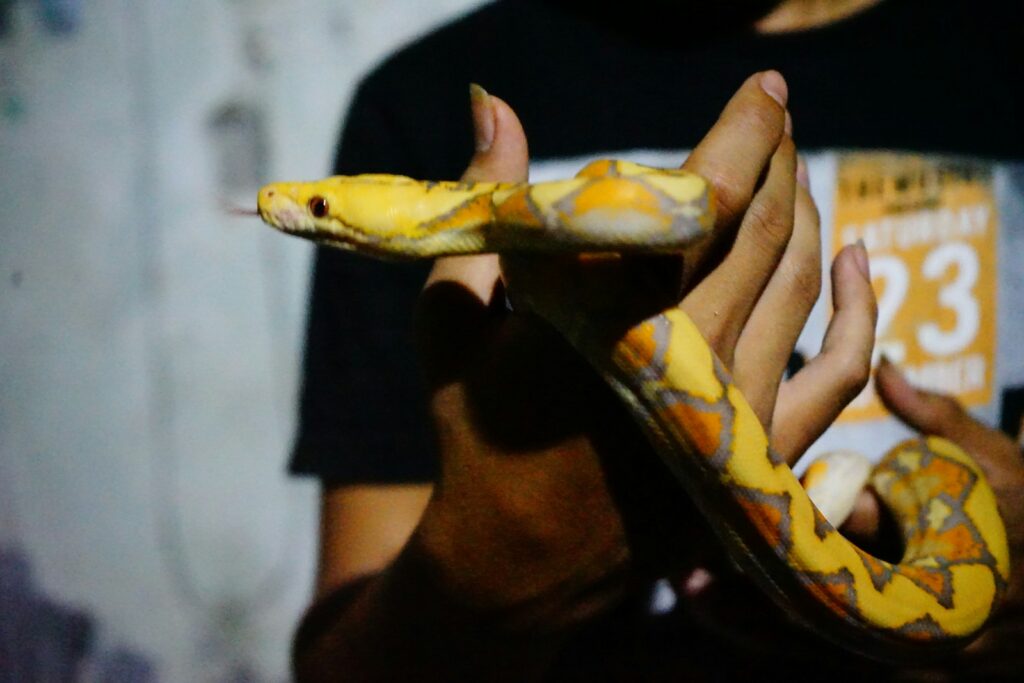
The illegal reptile trade operates on a staggering scale, with estimates suggesting it represents approximately 20% of the entire wildlife black market—valued between $7-23 billion annually. Each year, millions of reptiles are trafficked across international borders, with key trafficking routes flowing from biodiversity hotspots in Southeast Asia, Central Africa, and South America to wealthy markets in Europe, North America, and East Asia.
Sophisticated criminal networks have developed elaborate smuggling methods, from hiding rare specimens in luggage compartments to shipping them in mislabeled packages through postal services. The digital age has transformed the market, with encrypted messaging apps and dark web marketplaces creating virtual auction houses where protected species can be bought and sold with relative anonymity, complicating enforcement efforts.
Driving Forces: Why Reptiles Are Targeted
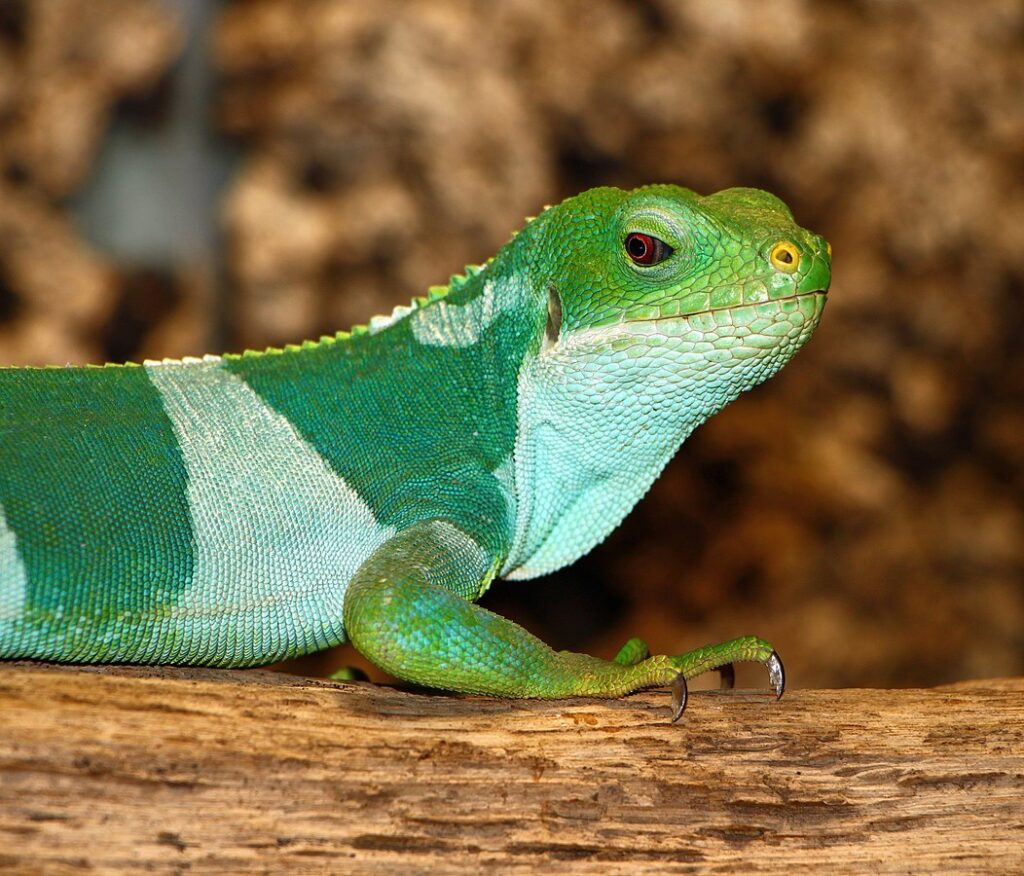
Reptiles have become prime targets for wildlife traffickers due to several converging factors that make them particularly vulnerable. Unlike mammals, many reptile species can be transported in confined spaces for extended periods, increasing their survival rate during smuggling operations. The exotic pet trade represents the largest market segment, with collectors willing to pay tens of thousands of dollars for rare species like the Fiji banded iguana or certain albino python morphs.
Beyond pets, reptiles are harvested for their skins (particularly crocodilians and certain snakes), meat (considered delicacies in some cultures), and body parts used in traditional medicines across various cultural contexts. Some of the rarest species become status symbols among wealthy collectors who participate in what conservationists call “extinction collecting”—where a species’ rarity and endangered status actually increases its black market value.
Poaching Methods: Brutality Behind Capture

The methods used to capture wild reptiles often involve extreme cruelty and result in high mortality rates even before the animals reach market. Poachers frequently employ destructive techniques like clear-cutting habitat areas to expose hidden reptiles, destroying critical ecosystems in the process. For aquatic species like certain turtles, entire ponds may be drained or poisoned to facilitate easy collection. Many reptiles suffer traumatic injuries during capture, with snakes often having their venom glands cruelly removed without anesthesia to make them “safer” as pets. The transportation phase introduces additional suffering, with animals frequently packed in incredibly dense conditions without food, water, or appropriate temperature control. Industry insiders estimate that for every reptile that reaches its final destination alive, as many as nine others may die during capture and transit—statistics that rarely factor into official trafficking numbers.
The Human Element: Traffickers and Their Networks
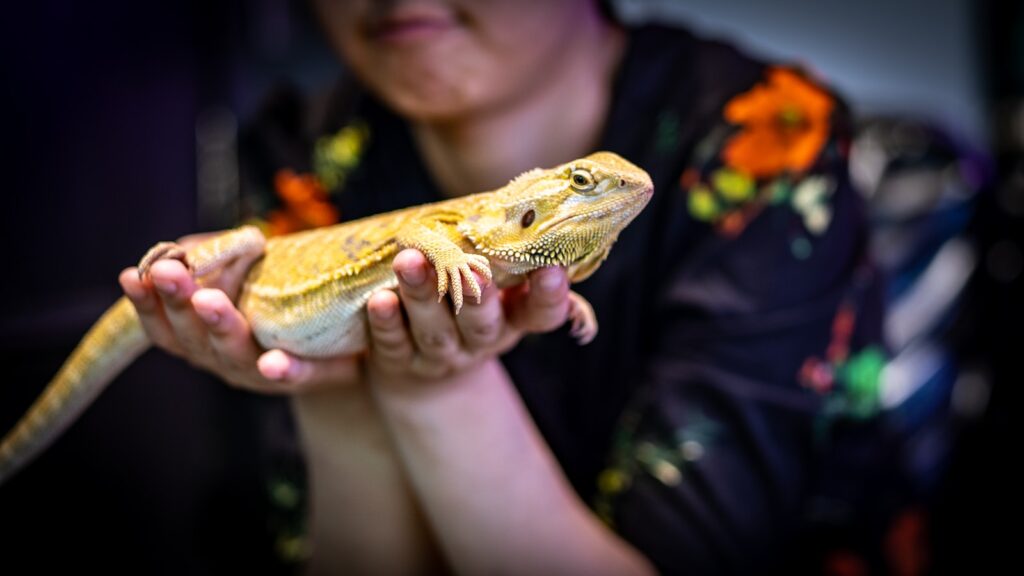
The illegal reptile trade operates through a complex hierarchy of participants ranging from impoverished local poachers to sophisticated international smuggling networks. At the bottom level are rural collectors who may receive just a few dollars for specimens that will eventually sell for thousands on international markets. These individuals often participate out of economic necessity, with few alternative income sources in remote biodiversity-rich regions.
Mid-level traders aggregate specimens from multiple collectors and arrange for domestic transportation, sometimes bribing local officials to obtain seemingly legitimate documentation. At the highest levels are international traders with sophisticated smuggling operations, connections to corrupt officials, and knowledge of how to exploit regulatory loopholes across different jurisdictions. These criminal networks frequently engage in multiple forms of trafficking, with evidence suggesting significant overlap between reptile smuggling and other illicit activities including drug trafficking and money laundering.
Ecological Consequences: Ecosystems in Peril
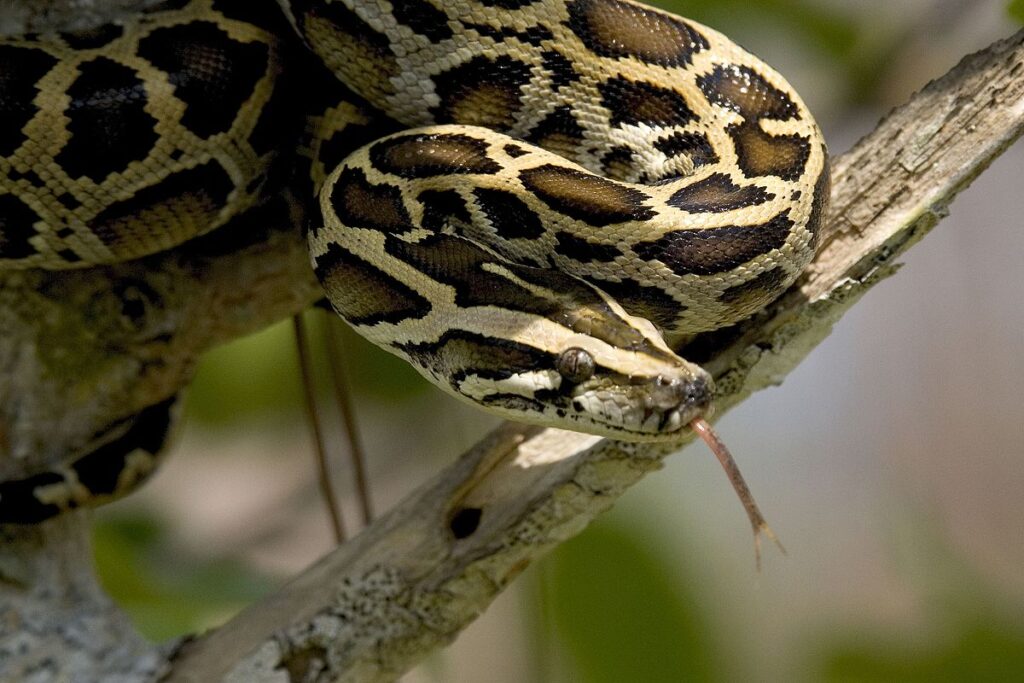
The ecological consequences of reptile trafficking extend far beyond the individual animals captured, creating ripple effects throughout entire ecosystems. Many targeted species play crucial roles in their native habitats—tortoises and turtles disperse seeds, large constrictors control rodent populations, and komodo dragons maintain the health of prey populations. When these species are removed in significant numbers, their absence creates ecological imbalances that can transform entire landscapes.
Particularly concerning is the targeting of rare species with limited ranges, where even small-scale poaching can drive populations toward extinction. The reintroduction of confiscated animals is rarely successful, as many suffer from stress, disease, or behavioral changes that make survival in the wild unlikely. Additionally, when non-native reptiles escape or are released by owners, they can become invasive species—as demonstrated by Burmese pythons in the Florida Everglades, which have decimated native wildlife populations.
Laundering Operations: How Illegal Becomes “Legal”
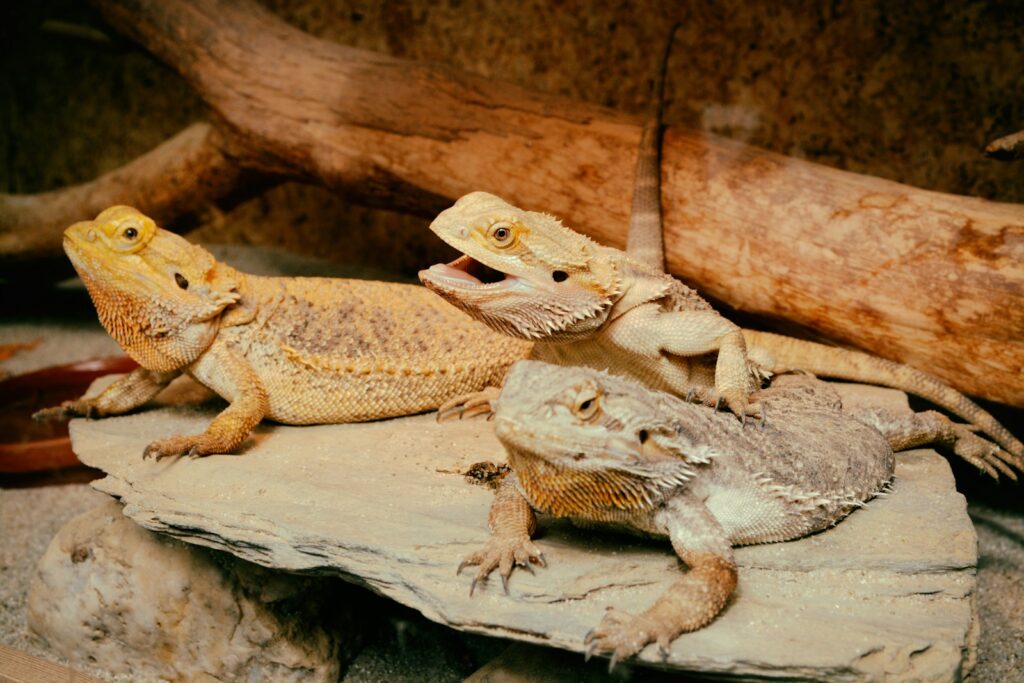
One of the most insidious aspects of reptile trafficking is the sophisticated laundering operations that transform illegally acquired wildlife into seemingly legitimate specimens. A common method involves smuggling pregnant females or eggs out of range countries, then claiming their offspring were “captive-bred” in facilities outside the species’ native habitat.
Forged CITES (Convention on International Trade in Endangered Species) permits create paper trails that disguise wild-caught animals as legal captive-bred specimens, exploiting the difficulty authorities face in distinguishing between the two. Some operations establish breeding facilities that serve as fronts for laundering wild-caught specimens, maintaining a small legitimate breeding population while supplementing their inventory with poached animals. These laundering operations create significant challenges for enforcement, as legal and illegal specimens become nearly impossible to distinguish once they enter the commercial market.
Enforcement Challenges: Why Traffickers Often Succeed
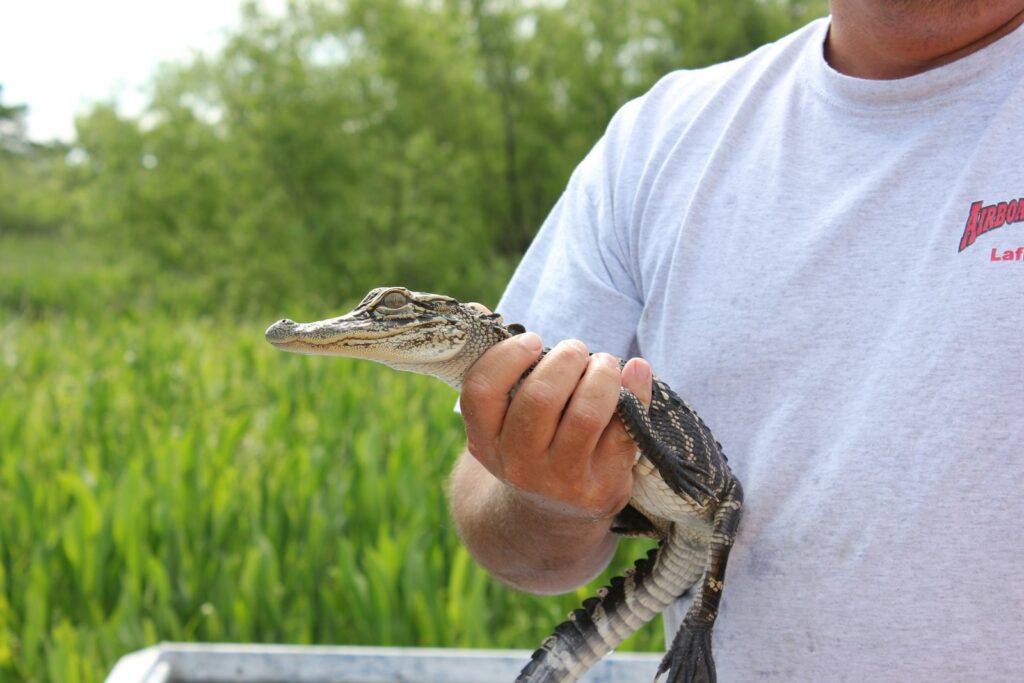
Wildlife enforcement agencies face overwhelming challenges when combating reptile trafficking, creating an environment where smugglers often operate with minimal risk. Most countries dedicate insufficient resources to wildlife crime, with many developing nations having just a handful of rangers to patrol vast protected areas. Border control agents and customs officials typically receive minimal training in identifying protected reptile species, making it easy for smugglers to misidentify specimens or claim they are non-regulated lookalike species.
The transnational nature of trafficking requires international cooperation, but differences in national legislation, punishment severity, and enforcement priorities create jurisdictional gaps that traffickers exploit. Additionally, the penalties for wildlife trafficking remain remarkably low in many countries compared to other forms of smuggling, with convicted traffickers often facing only minimal fines rather than significant jail time, creating little deterrent effect.
Health Risks: Zoonotic Disease Concerns
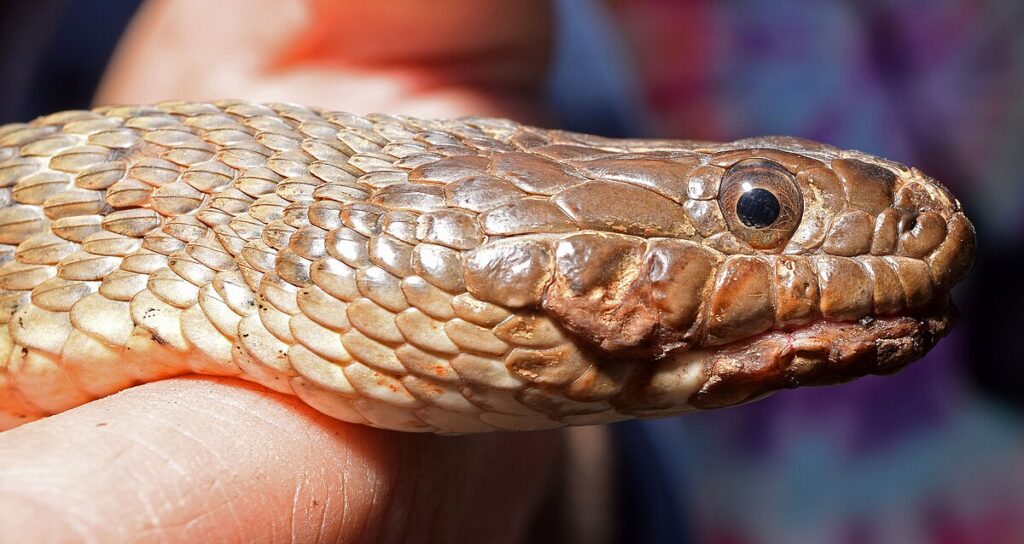
Illegal reptile trafficking poses significant public health risks through the potential transmission of zoonotic diseases that can jump from reptiles to humans. Unlike legal imports that may undergo quarantine and health screening, smuggled animals bypass these protective measures, potentially carrying parasites, bacteria, and viruses across international borders. Reptiles are known carriers of Salmonella, which can cause serious illness in humans, particularly children and immunocompromised individuals.
More concerning are emerging pathogens like the arenavirus, which has been linked to fatal cases in humans after contact with imported reptiles. The stress of capture and transport compromises reptiles’ immune systems, potentially activating dormant infections and increasing disease transmission risks. The COVID-19 pandemic has heightened awareness of zoonotic disease risks from wildlife trafficking, with some experts warning that the next pandemic could potentially emerge from the illegal wildlife trade.
Animal Welfare: The Suffering of Trafficked Reptiles
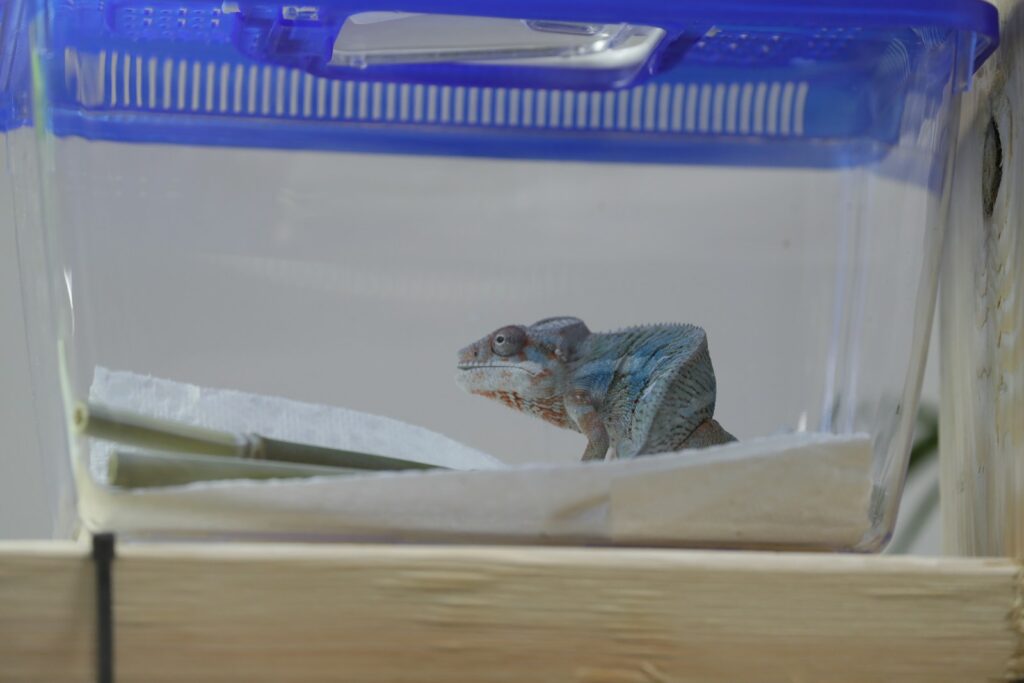
The journey of trafficked reptiles involves extreme suffering at every stage, with welfare concerns that extend far beyond conservation impacts. During capture, animals often sustain traumatic injuries from rough handling, inappropriate restraint, or capture methods designed for speed rather than safety.
Transportation conditions are typically abysmal, with animals packed into small containers without regard for their physical needs—specimens have been discovered in suitcases, engine compartments, and even sewn into clothing. Mortality rates during transit are exceptionally high, with survivors often suffering from dehydration, starvation, temperature stress, and crush injuries from overcrowding.
Even those that reach their destination face grim prospects, as new owners frequently lack the specialized knowledge needed to care for exotic species, resulting in premature death from improper husbandry, inappropriate diets, or inadequate environmental conditions.
Social Media’s Role: The Digital Marketplace

Social media platforms have revolutionized illegal reptile trafficking, creating easily accessible global marketplaces that operate in plain sight despite their illicit nature. Closed Facebook groups, Instagram accounts, and specialized forums serve as virtual showrooms where traders use coded language and private messaging to arrange sales of protected species.
The visual nature of platforms like Instagram makes them particularly effective for displaying specimens, with sellers often posting photos of rare reptiles with deliberately vague captions to avoid explicit evidence of illegal activity. These digital markets evolve rapidly, with traders quickly adapting to enforcement efforts by moving to new platforms or creating invitation-only groups.
The anonymity of online transactions complicates enforcement, as digital evidence trails are complex to follow across international boundaries, and shipments are often arranged through conventional mail services using misleading package descriptions.
Success Stories: Conservation Wins Against Traffickers
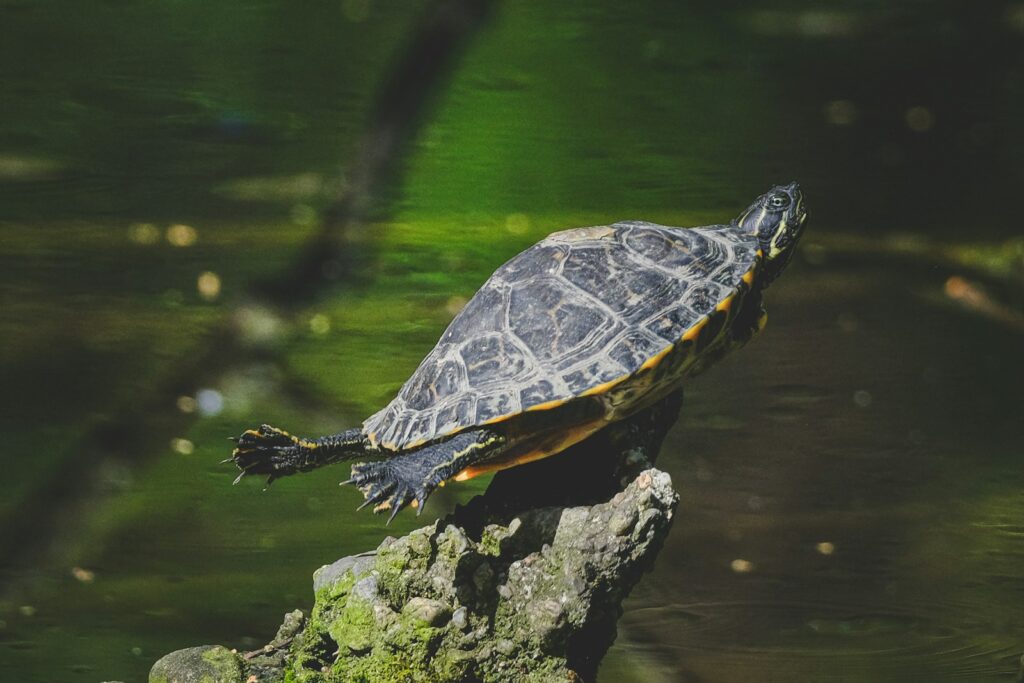
Despite the grim realities of reptile trafficking, there have been notable successes in combating this illicit trade through innovative approaches and international cooperation. Operation Dragon, a multi-year investigation led by the Wildlife Justice Commission, successfully dismantled several major trafficking networks in Southeast Asia by using undercover operatives to infiltrate criminal organizations trading in threatened tortoises and freshwater turtles.
The introduction of microchipping programs for high-value species like Galapagos tortoises has created traceability systems that make it harder for poachers to launder wild specimens into legal trade channels. Community-based conservation initiatives have shown particular promise, with programs in Madagascar transforming former poachers into wildlife guardians by providing alternative livelihoods and involving local communities in protection efforts for endangered chameleon species.
Advanced genetic techniques are now enabling authorities to determine the geographic origin of confiscated reptiles, helping to identify poaching hotspots and focus enforcement resources where they’re most needed.
Consumer Responsibility: The Demand Problem
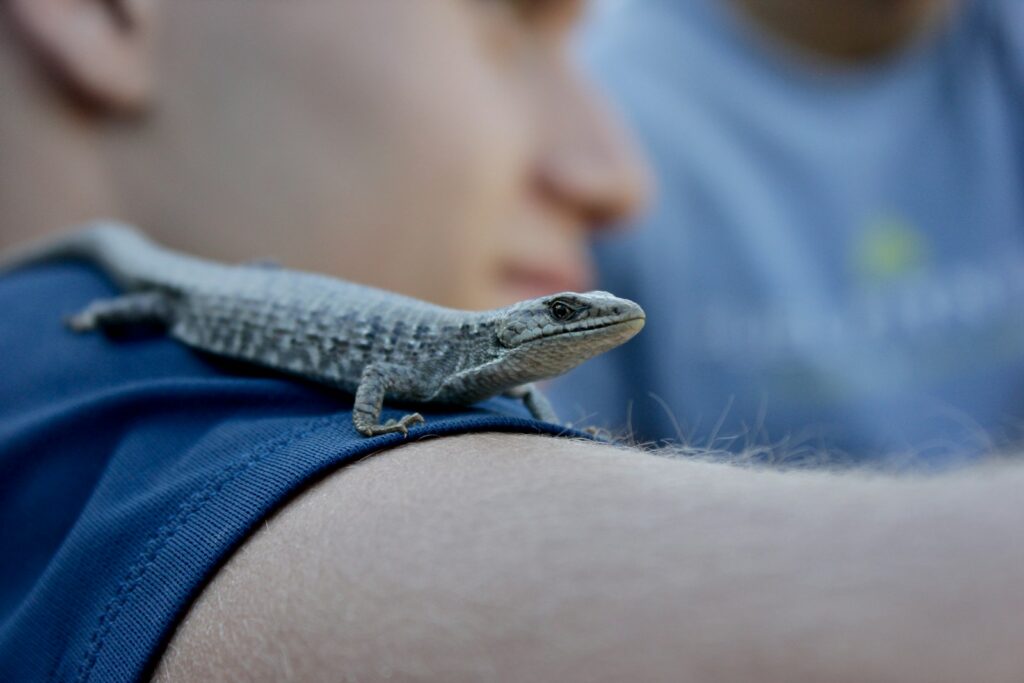
At the heart of illegal reptile trafficking lies consumer demand, making public education and awareness critical components of any comprehensive solution. Many purchasers of exotic reptiles remain unaware of the origins of their pets, with studies showing that even well-intentioned enthusiasts often cannot accurately identify protected species or understand relevant wildlife laws.
Responsible consumer choices start with thorough research before acquiring any reptile, including verifying that potential purchases come from legitimate captive breeding operations with proper documentation. Beyond individual choices, broader cultural shifts are needed to reduce the social status associated with owning rare and exotic species, particularly in emerging markets where reptile keeping is becoming increasingly popular.
Conservation organizations have found success with targeted campaigns that connect consumers emotionally to the suffering caused by wildlife trafficking, rather than relying solely on legal or environmental messaging.
The Path Forward: Solutions and Hope
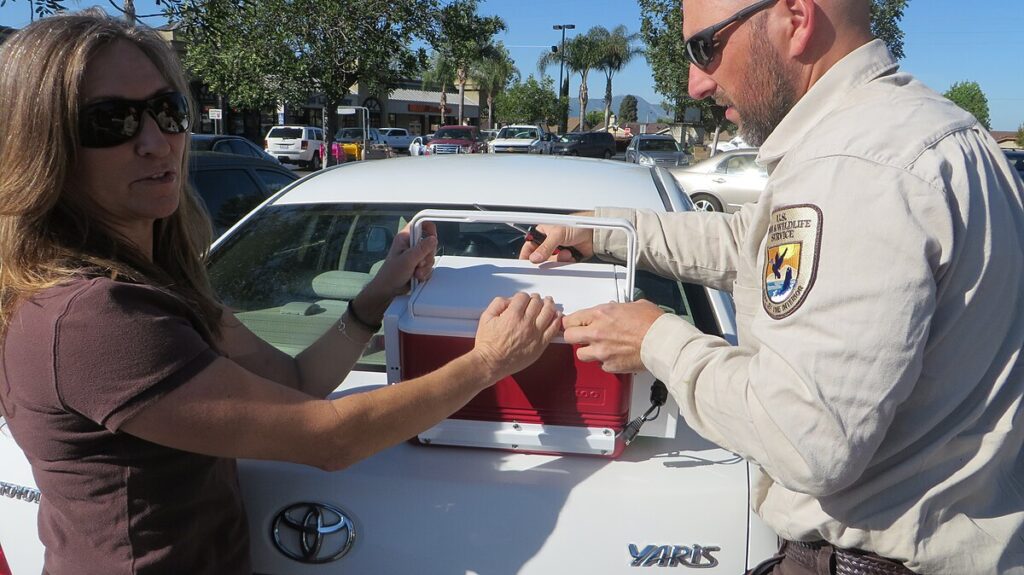
Addressing the complex challenges of reptile trafficking requires coordinated responses across multiple fronts, from strengthening legal frameworks to supporting sustainable alternatives. Harmonizing wildlife laws across countries would close many of the loopholes currently exploited by traffickers who target jurisdictions with weaker protections or enforcement.
Investment in advanced technologies like artificial intelligence for scanning shipping manifests and social media for trafficking indicators shows promise for enhancing detection capabilities. Sustainable captive breeding programs for species in high demand can help meet consumer interest while reducing pressure on wild populations, though these require strict regulation and monitoring to prevent abuse as laundering fronts.
Perhaps most crucial is addressing the socioeconomic drivers of poaching by developing alternative livelihood programs in source regions, recognizing that long-term solutions must address the poverty that drives many local collectors to participate in this destructive trade.
The illegal reptile trade represents one of the most pressing yet underrecognized threats to biodiversity conservation today. Behind the sleek scales and exotic allure that drive consumer demand lies a brutal reality of ecosystem destruction, animal suffering, and criminal enterprise. As global awareness grows about the true costs of this illicit industry, there are reasons for cautious optimism—from strengthened international enforcement cooperation to changing consumer attitudes.
Yet meaningful progress will require sustained commitment from governments, conservation organizations, and individuals alike. By addressing both the supply and demand sides of this complex equation, we can work toward a future where reptiles are valued for their ecological roles and intrinsic worth rather than as commodities in a dark underground trade. The fight against reptile trafficking isn’t just about saving individual species—it’s about preserving the integrity of entire ecosystems and standing against the exploitation of both wildlife and vulnerable human communities.

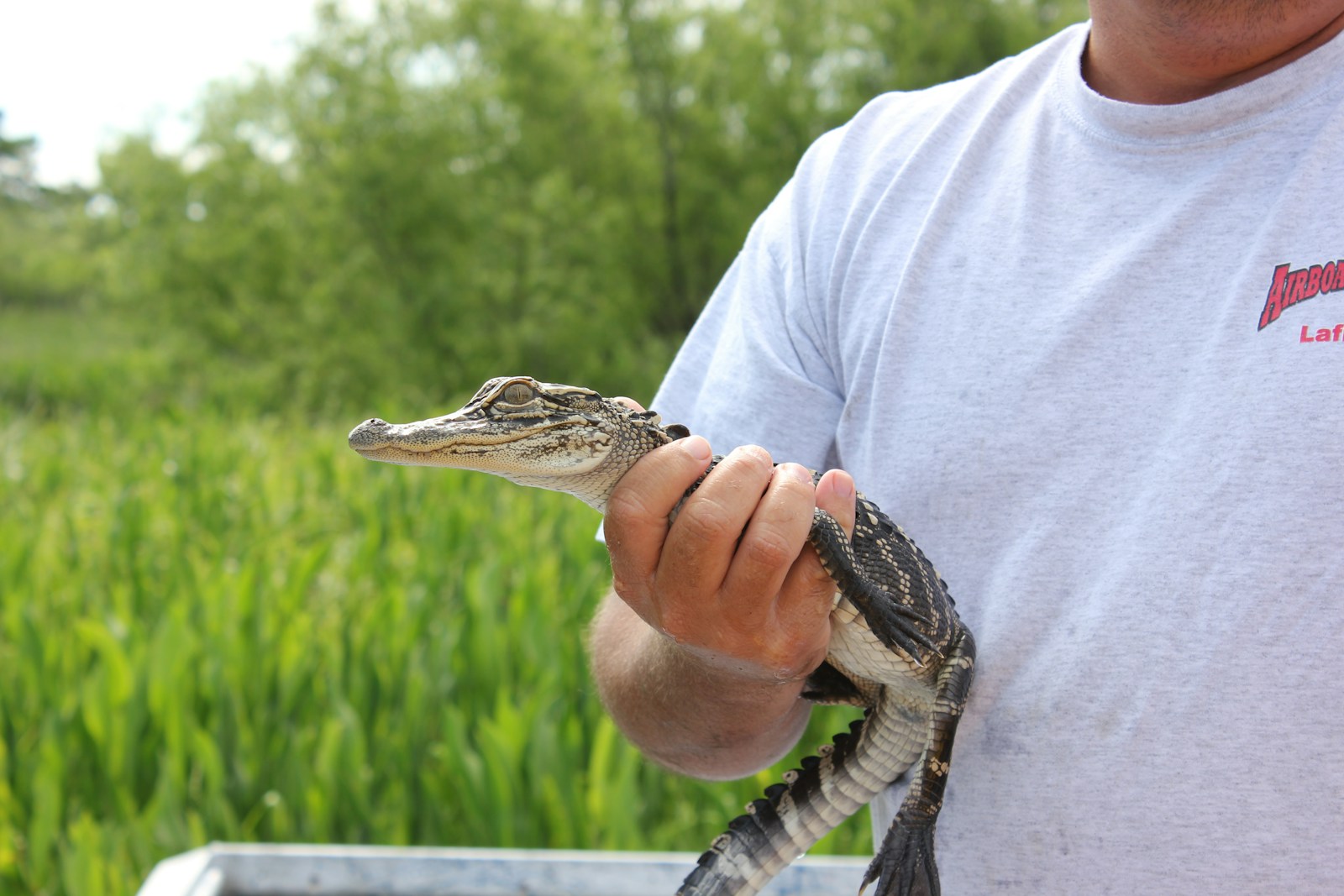
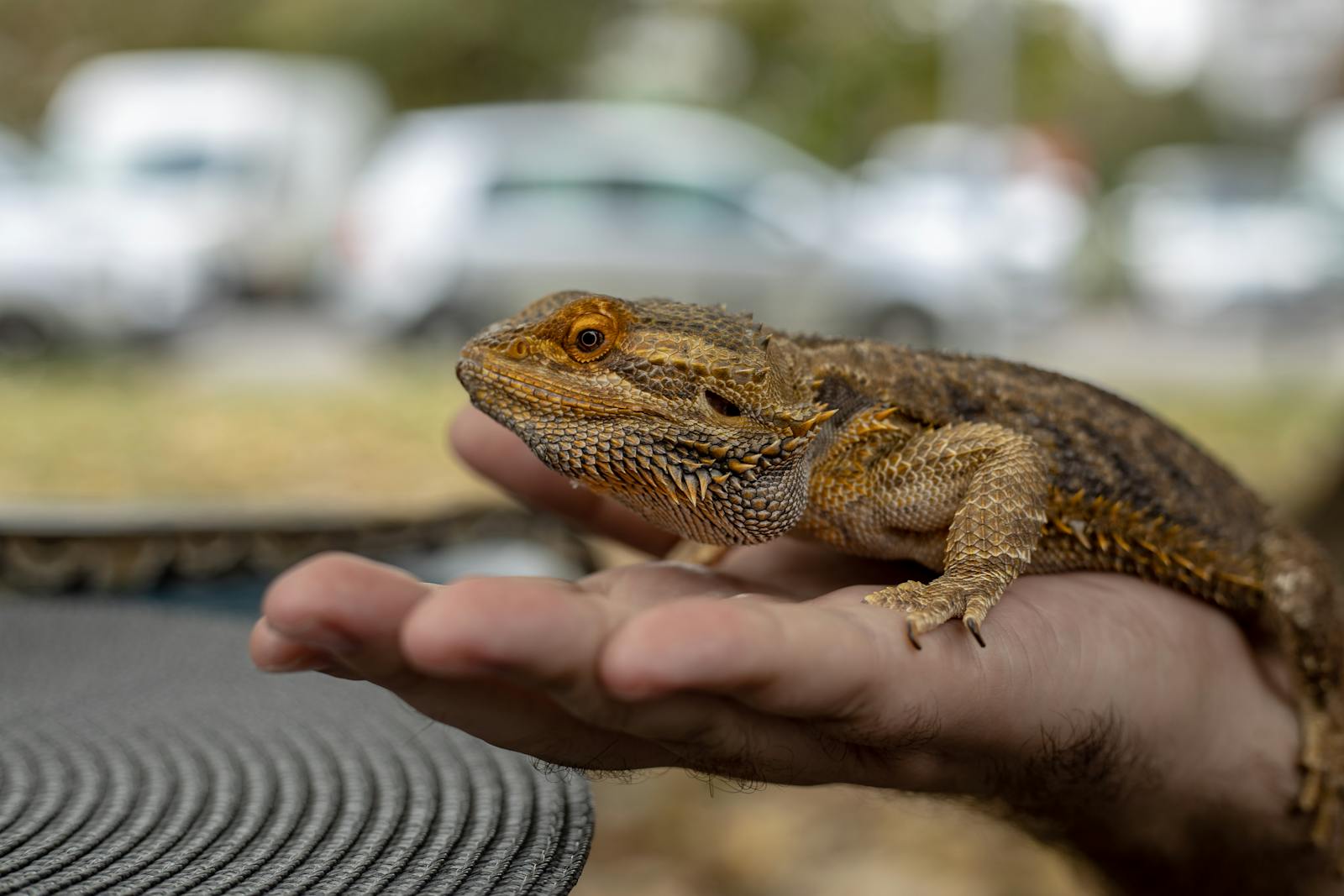

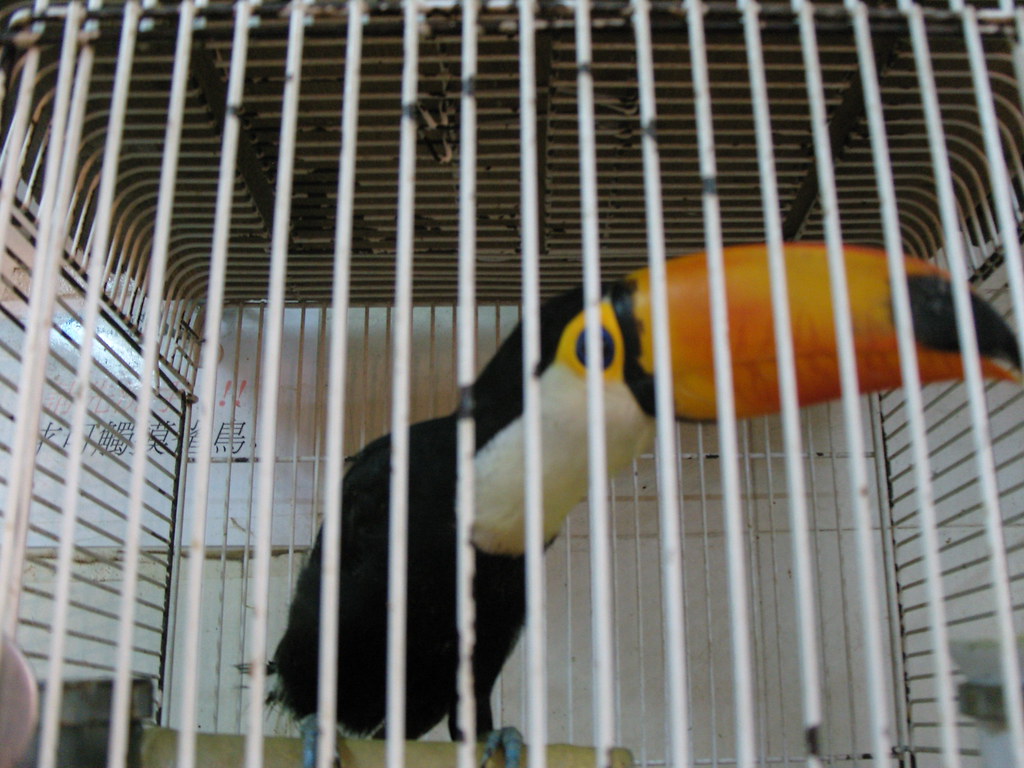
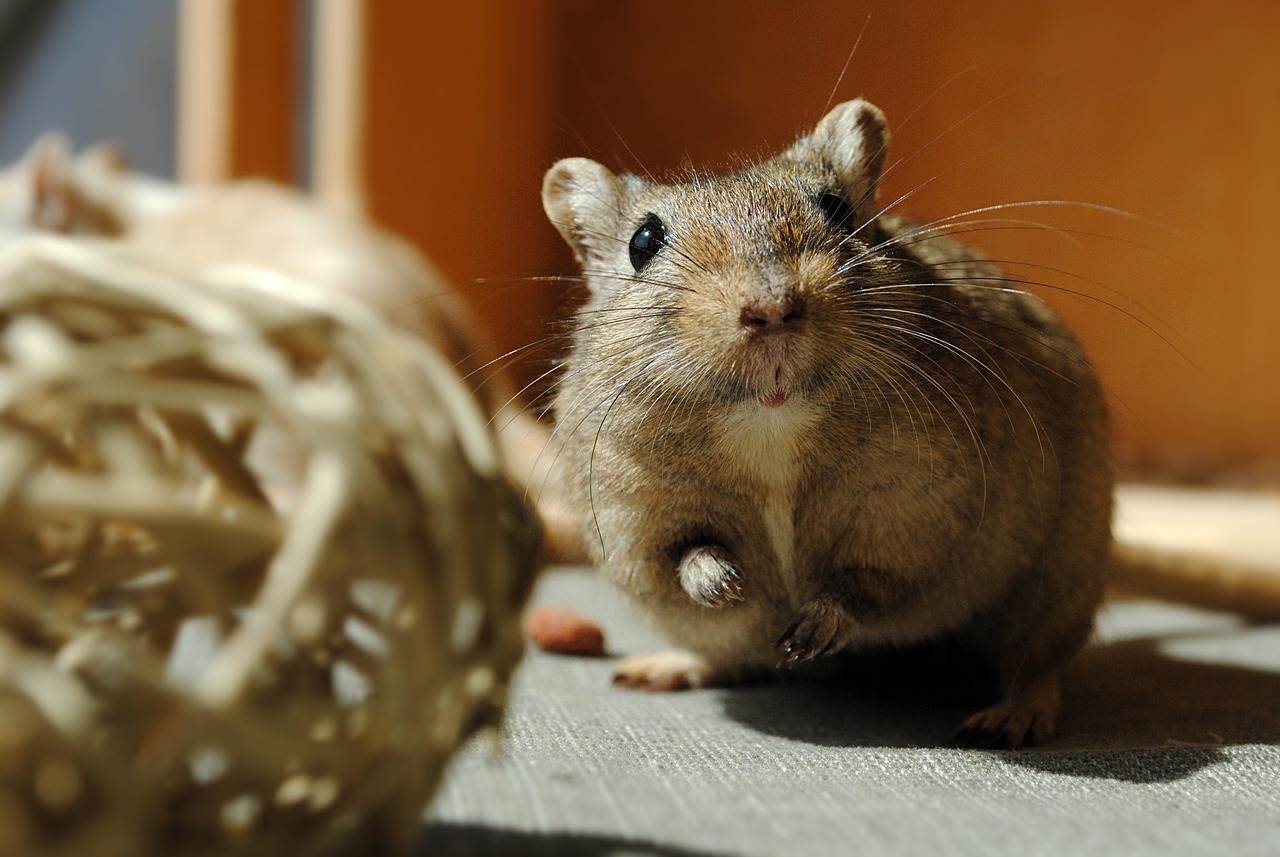
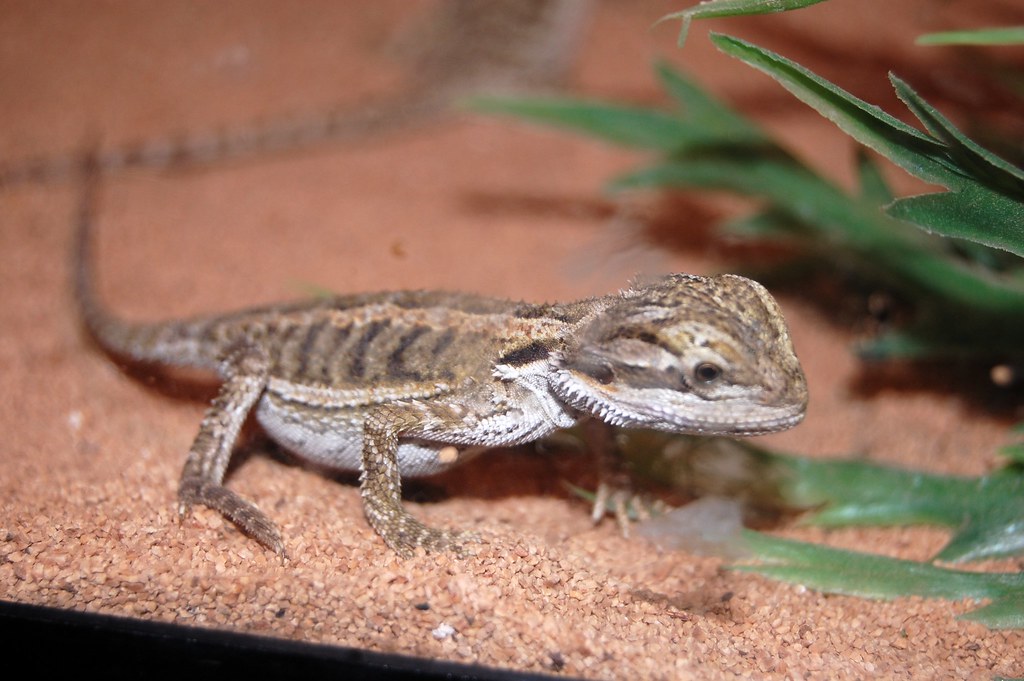
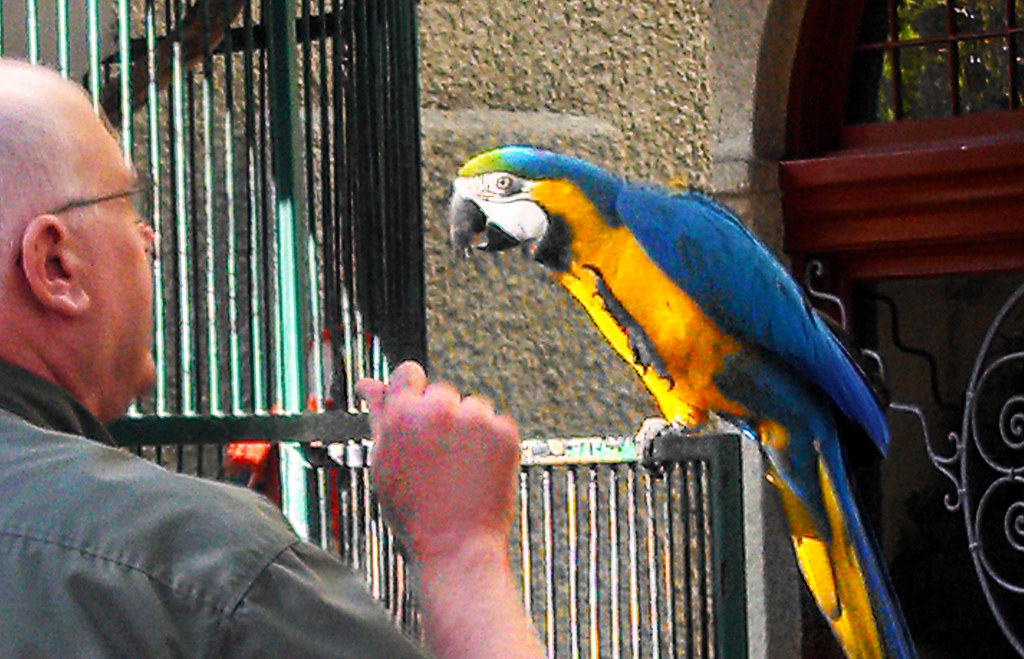
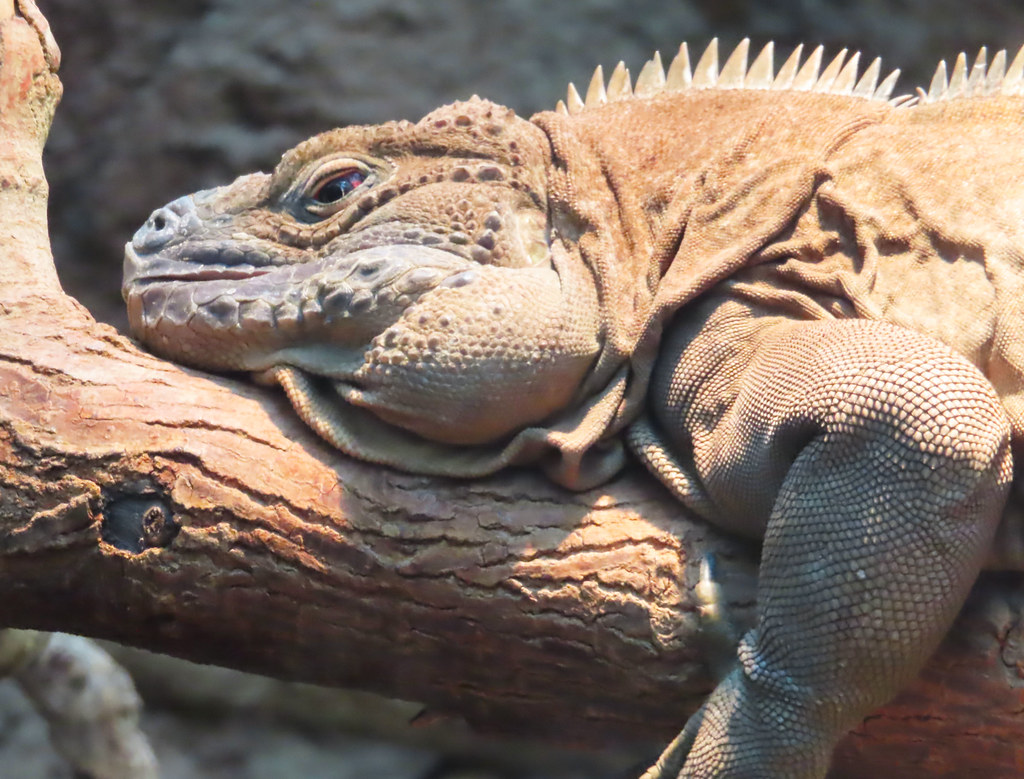
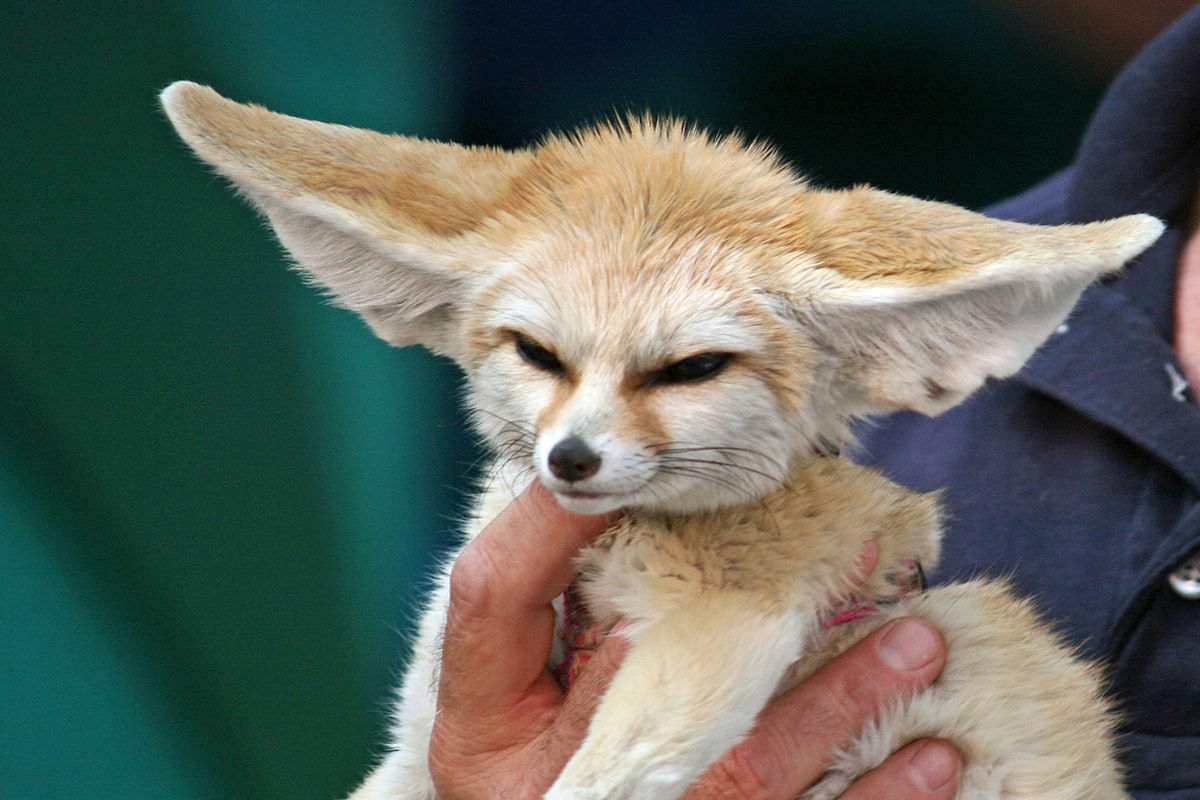
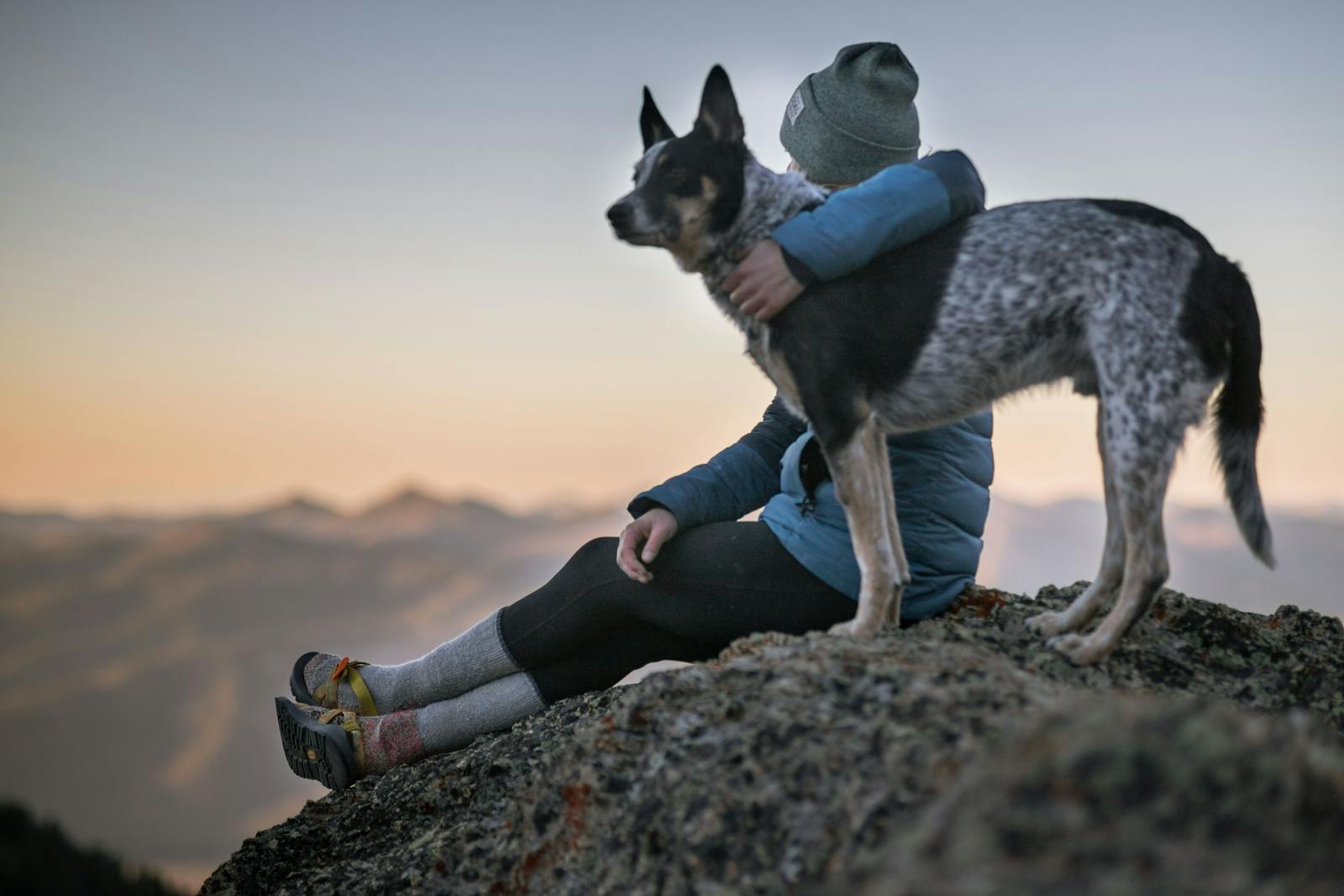
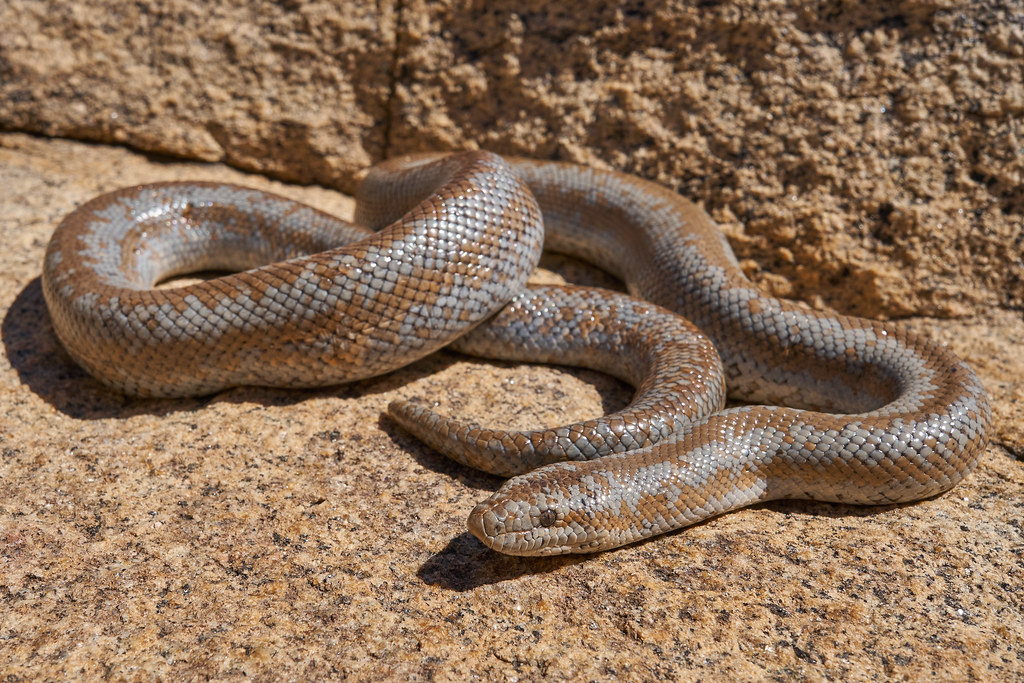




Leave a Reply